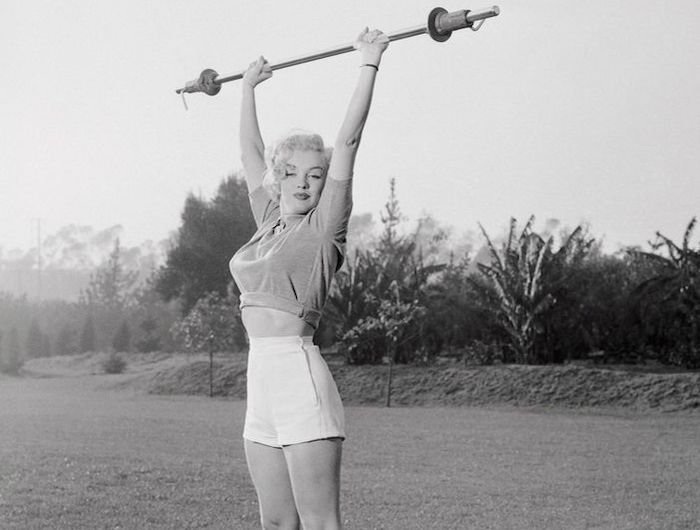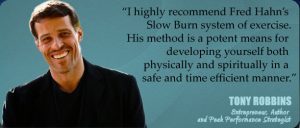Women (and everyone) Should Lift Weights!

There is a fitness myth that just won’t seem to die. And that myth is that lifting weights is only good for making muscles bigger and stronger and that it will make your muscles short, thick bulky and tight.
Women are especially sensitive to this silly wives tale and often choose less effective types of exercise to improve themselves like yoga, spinning or running for fear of turning their body into a man’s body.
People who have thick, bulky, short muscles are born that way. People who have long, lean looking muscles are also born that way. Training cannot change your genetic makeup. It’s no different than other animals like dogs and horses.

Here’s a fact of fitness: Strength training is the single most effective form of exercise to age gracefully. No other single form of exercise can simultaneously:
- Increase bone density
- Increase muscle tissue and strength
- Improved tendon and ligament strength and stability
- Enhance flexibility
- Improve endurance and aerobic capacity
- Accelerate resting metabolism permanently
- Improves Cognitive function
- Decrease body fat
- Lessen arthritis pain
- Improve prowess in sports and activity
- Improve mood, sense of self esteem
- Decrease and eliminate low back and neck pain
- Increase “good” cholesterol levels
- Decreases blood pressure
- Improves hormone levels
- Improves reproductive function
- De-age you at the genetic level
- Decrease risk of cardiovascular disease and metabolic syndrome
- Diminishes diabetes risk
And so much more.
Think of it this way – strength training is a necessity – like food and water. It’s not a luxury item like getting your nails done or fancy shoes. It’s not a pastime activity like tennis or golf. It’s a staple – a mainstay – and must be budgeted for and incorporated into your life.
Here’s an example of SlowBurn strength training on the Today Show a few months ago. A very safe and effective way to lift weights – in my humble opinion – and supported in research.
And if you’d like to try a complimentary SlowBurn session, please fill out the pop-up on my website (takes about 5 seconds to appear).



















